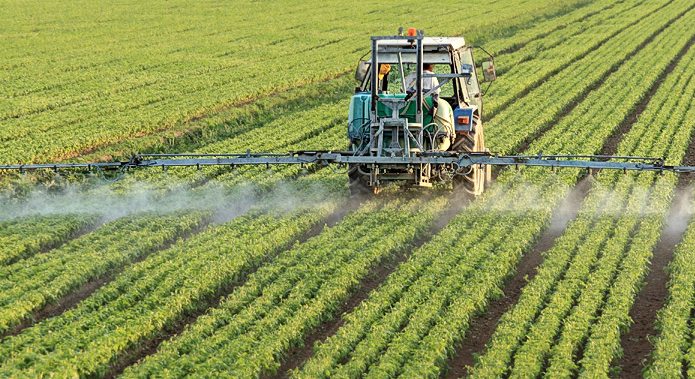Three years ago – in 2021 at the United Nations climate summit, Cop26 – 140 countries committed to ending deforestation by 2030. However, the latter has increased in 2023. According to the FAO, the land loses 10 million hectares of forest every year. Forests cover 31% of the earth’s surface, a percentage that is constantly decreasing, particularly in Africa and Latin America. The increasing loss of forest areas is not good news for the climate crisis and animal biodiversity.
Nearly 6.4 million hectares of forests were cleared in 2023. Worse, 62.6 million hectares have been degraded due to infrastructure construction and urbanization, logging, fires, illegal logging and agriculture. The forests of Indonesia and Bolivia have been particularly hard hit by political instability and growing global demand for products such as beef, soybeans, palm oil, paper and nickel. In agriculture, soybean cultivation is the biggest culprit of deforestation.
This year, the level of deforestation has increased by 57% in Indonesia. This underperformance of the Indonesian government is all the more surprising given that Indonesia was the best student of all tropical countries in terms of reducing deforestation in 2015-2017 and 2020-2022.
Voluntary incentives to respect forests are no longer enough. There is a need for stricter regulation, increased funding for the fight against deforestation, better protection of indigenous peoples’ land rights and the eradication of corruption. The fight against deforestation is not easy because it is not only the work of men. While deforestation contributes to climate change, it is also exacerbated by extreme weather events that can affect forest ecosystems.
Fortunately, Brazil gives some good reasons for hope. President Lula da Silva has reduced deforestation in his country by 62% in his first year in office. However, given the size of the country, the situation is mixed. For example, deforestation in the Cerrado region, the tropical savannah, has increased by 68% in one year. The country has also been ravaged by forest fires: 45 million hectares of trees have disappeared in the last five years.
Other countries that have made progress include Australia, Colombia, Paraguay, Venezuela and Vietnam. Outside the tropics, the forests of the temperate climates of North America and Latin America have broken all deforestation records.
Deforestation policies fail
But the overall balance sheet is disappointing. The Cop 26 goal of zero deforestation by 2030 is moving away. Deforestation continues at a worrying rate, unaccountable, with the goal of eradicating it in six years. Not that solutions do not exist to reverse this trend. In addition to restrictive regulations, there are reforestation policies in some countries and sustainable agricultural practices that reduce pressure on forest areas
But it requires political will coupled with a reduction in wood consumption in rich countries. The policy to combat deforestation has so far been incoherent and inconsistent. The preservation of forests should be protected.
The evaluation of the Cop26 declaration was made by various civil society associations gives every reason to be pessimistic. Based on the average deforestation between 2018 and 2020, they found that the level of deforestation in 2023 was 50% higher than the level needed to achieve zero deforestation by 2030.
The European Commission has proposed an ambitious regulation aimed at banning the trade of products directly linked to deforestation such as coffee, chocolate, leather or furniture. However, on October 3, it had to take a step back under pressure from many countries including Australia, Brazil, Indonesia and Côte d’Ivoire. The Commission has given itself a year “to put in place this binding regulation. The battle against deforestation is far from won!
This battle is vital because the consequences of deforestation on life on earth are dramatic. Thus, it destroys the habitats of thousands of animal and plant species. The forest is home to 80% of terrestrial biodiversity. In terms of the environment, forests play a crucial role in carbon sequestration. Deforestation releases carbon into the atmosphere, aggravating climate change. The loss of forest cover contributes to soil degradation and reduces its fertility. Finally, it threatens indigenous peoples whose way of life and livelihoods depend on the forest.




